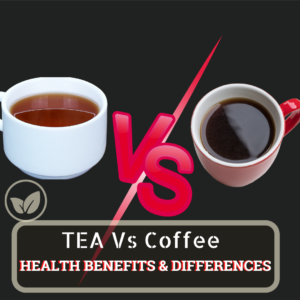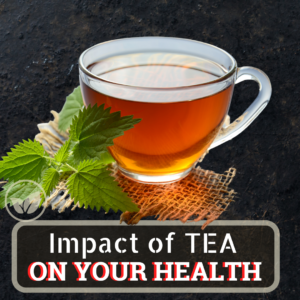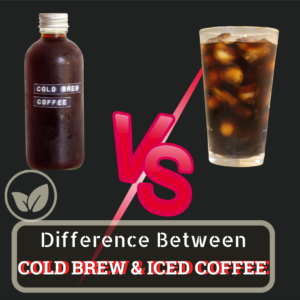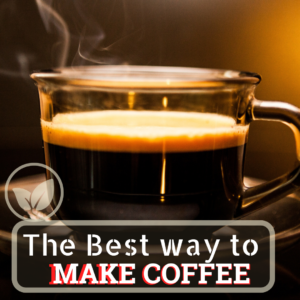Understanding the Basics: What is Coffee and What is Espresso?

Many people are confused about the difference between coffee and espresso. Let’s cut to the chase and explore the basics. As the morning sun does for most people, coffee will awaken you and get you moving.
Making coffee involves steeping ground coffee beans in hot water, producing a tasty, fragrant, and energizing beverage.
There are many different types of coffee available, each with its own unique flavor profile. On the other hand, espresso is like a quick shot of adrenaline.
Table of Contents
The beans are ground very finely, and then hot water is pushed through the beans under great pressure to create a highly concentrated coffee drink.
The final product has a flavor that is simultaneously smooth and robust.
While coffee is often served in larger mugs, espresso is served in much smaller “shots” of just a few ounces. But the size difference is not the only thing that sets the two apart.
Differences in taste, method of preparation, and even caffeine levels, among the many varieties of coffee, will be discussed here.
The Origin and Evolution of Espresso: A Brief History
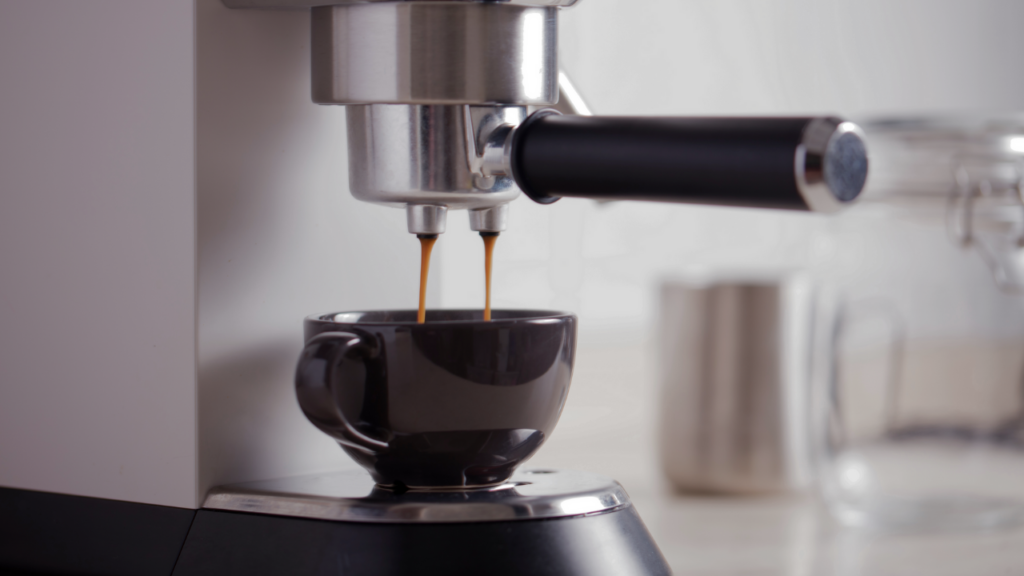
Since its inception in Italy over a century ago, espresso has undergone numerous changes.
Espresso gets its name from the method used to make it, which involves pressing hot water over finely ground coffee beans.
Although Luigi Bezzera patented the first espresso machine in 1901, it wasn’t until the 1940s that these machines found widespread usage in Italian cafes.
Espresso’s fame grew rapidly, not only in Italy but all over the world. Espresso is now commonly found in coffee shops, and there are a variety of beverages made with espressos, such as cappuccinos and lattes.
A lot of people drink espresso, but only some know how to enjoy it. Therefore, the question is, why does it matter if coffee differs from espresso?
Continue reading to find out.
How Coffee and Espresso are Brewed: The Brewing Process
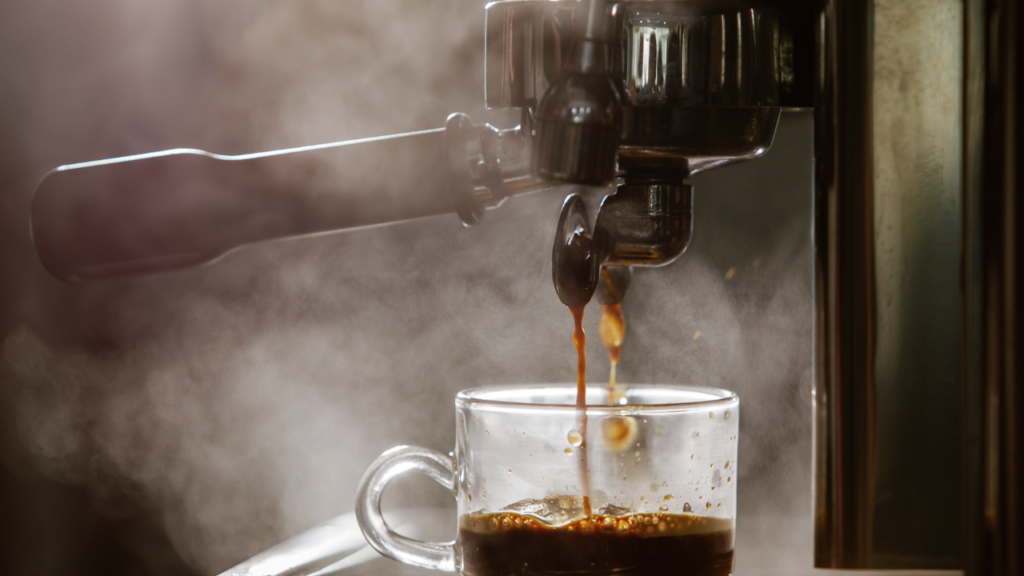
Where coffee and espresso truly differ is in the brewing process. Espresso is brewed in a machine that applies high pressure to the finely ground coffee beans, as opposed to the standard drip coffee maker or French press.
In order to brew coffee, ground beans are first placed in a filter, then hot water is poured on top, and the coffee is brewed as the water gently percolates through the grounds and into a regular coffee maker or French press.
The brew produces a robust and tasty cup of coffee.
Yet making espresso calls for a different technique. Once the espresso machine is set up, the portafilter containing the finely ground coffee is inserted.
Espresso is made when hot water is pushed through the ground coffee at high pressure in a machine.
Beans to Brew: Differences in Roasting and Grinding
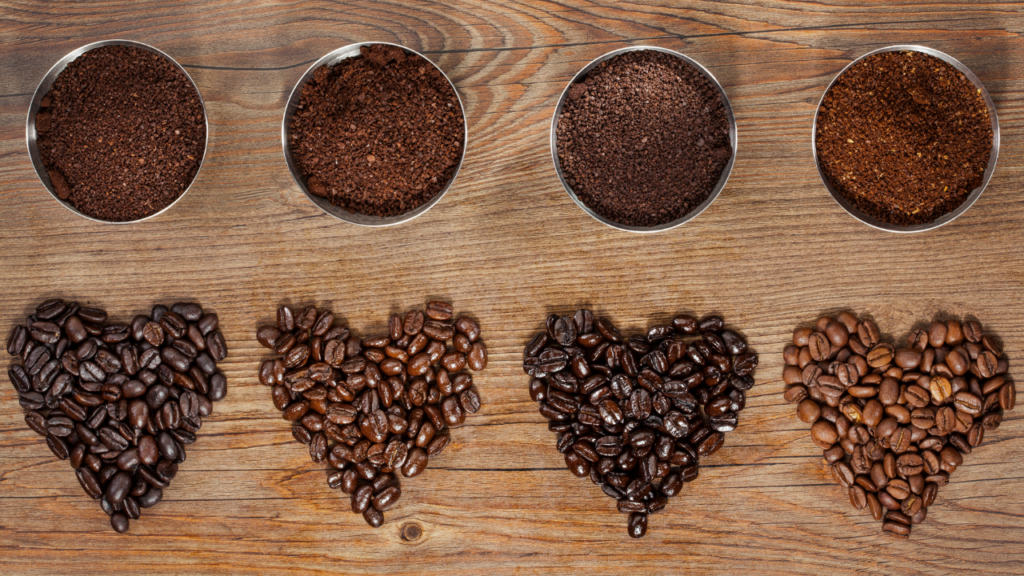
The roasting and grinding processes, as well as the specific beans used, greatly affect the flavor and intensity of brewed coffee and espresso.
Arabica and Robusta are just two of the many coffee bean varietals available, and each requires a distinct level of roasting to bring out its full potential.
Lightly roasted beans have a milder, fruitier flavor, whereas beans roasted longer take on a more robust, smokey flavor.
Espresso beans are typically roasted longer and more deeply than coffee beans, producing a more intense flavor.
Espresso is different from drip coffee because it needs finely ground coffee that can stand up to the high pressure of the brewing process.
Next, we’ll go into the specifics of what sets coffee and espresso apart in terms of flavor.
The Taste Test: Flavor and Aroma Differences

The flavor and aroma of coffee and espresso are two of the most obvious ways to tell them apart. Coffee’s flavor is usually milder and more complex, with hints of fruit, chocolate, and nutty undertones.
Espresso, on the other hand, tastes much stronger and more concentrated, with bold and bitter flavors.
Both coffee and espresso have very different aromas. The aroma of coffee is rich and inviting, while the aroma of espresso is strong and pungent.
But despite these differences, both coffee and espresso can be enjoyed in different ways, such as with cream and sugar or as a straight shot.
Caffeine Content: Coffee vs. Espresso
The amount of caffeine in each is another big difference between coffee and espresso. People often think that espresso has more caffeine than coffee because it tastes stronger, but this is not always true.
About 63 grams of caffeine are in a single shot of espresso, while about 95 grams are in an eight-ounce cup of coffee.
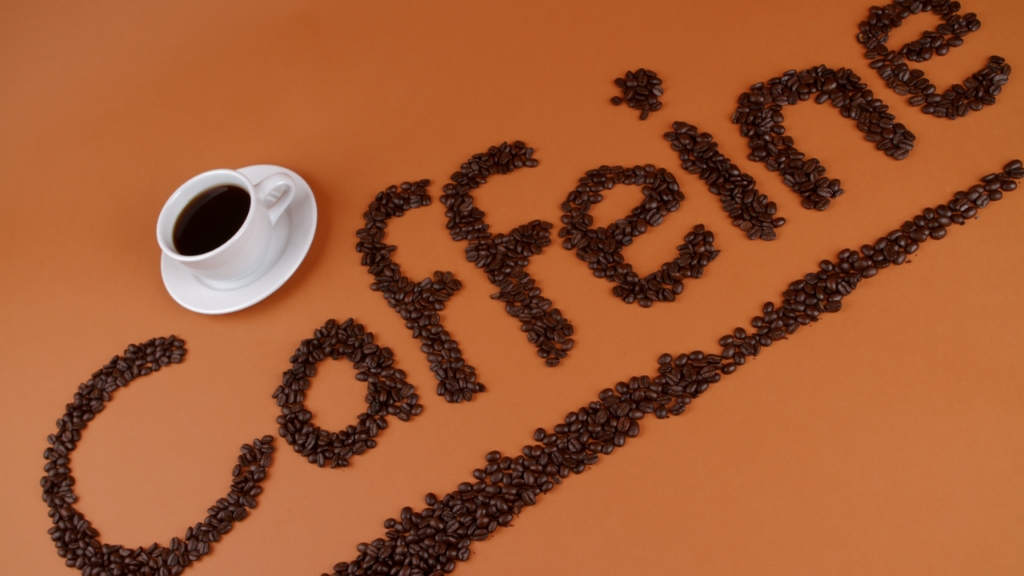
On the other hand, due to the fact that one shot of espresso is more commonly consumed than a full cup of coffee, the overall caffeine level of espresso can be higher.
However, the addition of milk to an espresso-based specialty beverage like a latte or cappuccino can increase the amount of caffeine in the drink.
What makes espresso different from regular coffee and what gives it its signature qualities will be discussed in the next section.
The Crema Factor: What Sets Espresso Apart

Espresso is easy to spot because each shot has a thin layer of crema on top. A high-pressure brewing technique produces a foam known as “crema,” which is a golden brown color.
Espresso wouldn’t be the same without it; it’s what gives the drink its distinctive body and flavor.
When you add crema to espresso, it makes it smoother and gives it a nutty, slightly sweet taste. It prevents the espresso from oxidizing, which is bad for both the scent and the flavor.
If the crema is made right, it will be thick and smooth, and it will stay warm for a few minutes.
Milk-based Drinks: How Coffee and Espresso are Used in Popular Beverages
Lattes, cappuccinos, and macchiatos are just a few examples of the many milk-based beverages that have coffee or espresso as an ingredient.

The quantity of espresso and the amount of milk used distinguish between these beverages.
The difference between a latte, which consists of steamed milk and a shot or two of espresso, and a cappuccino, which consists of espresso, milk, and foam, is mostly a matter of proportion.
The classic macchiato consists of one espresso shot topped with a thin layer of frothed milk.
Depending on what each person wants, these drinks come in many different flavors and strengths. They also show how coffee and espresso can be used to make a wide range of unique and tasty drinks.
Health Benefits and Risks: Coffee and Espresso Compared
Both coffee and espresso come with their own unique set of positive and negative effects on the body.
Both are high in antioxidants and have the potential to boost energy levels and improve brain function.
On the other hand, if you drink too much caffeine, it can cause unpleasant side effects like jitters, anxiety, and trouble sleeping.
Several studies have also shown that drinking coffee in moderation may lower the risk of getting Parkinson’s disease, Alzheimer’s disease, and liver disease.
But getting too much caffeine can also make it more likely that you will get heart disease or have other health problems.
SEE ALSO:
Making the Choice: Which One is Right for You?
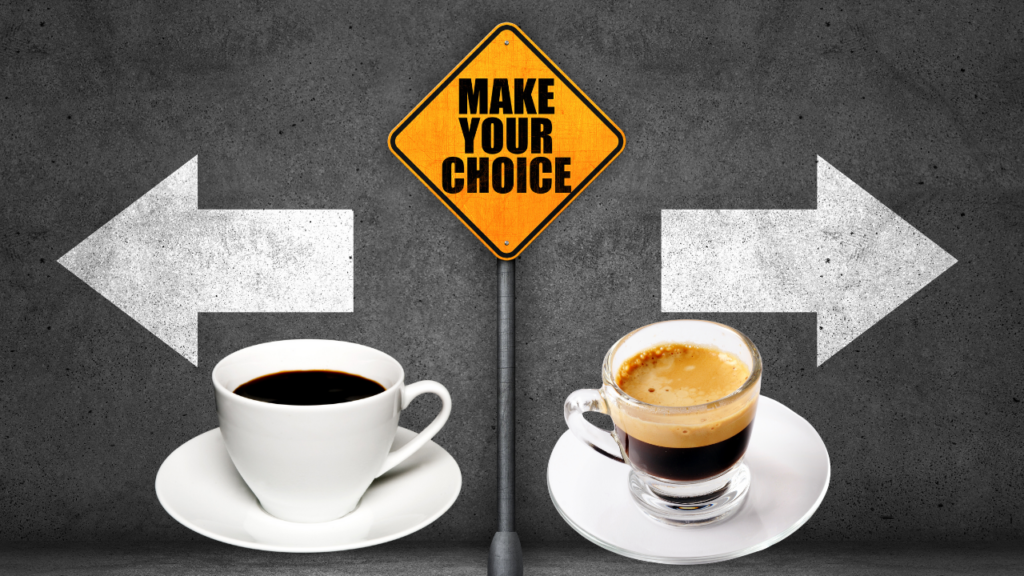
When it comes down to it, choosing between coffee and espresso boils down to a matter of personal preference.
Coffee is probably the better option for you if you want a flavor profile that is less intense and more complex.
On the other hand, if you like strong, concentrated flavors along with a silky texture and a distinct layer of crema, espresso might be the drink for you.
In the end, there is a wide variety of coffee and espresso flavors, preparation methods, and health advantages to enjoy.
Whether you’re an espresso lover or a coffee lover, you’ll find a beverage to fit your needs.

